SR9009 Stenabolic – Buy Legal Research Compound for Metabolism & Endurance
SR9009 is a potent Rev-ErbA agonist widely used in experimental studies for its role in enhancing metabolism, boosting endurance, and regulating the circadian rhythm.
How SR9009 Stenabolic Works in Research
By activating Rev-ErbA, SR9009 Stenabolic influences lipid and glucose metabolism, mitochondrial function, and energy expenditure, mimicking certain benefits of exercise.
SR9009 and Endurance Performance
Research indicates SR9009 Stenabolic can significantly improve exercise capacity and stamina in animal models by increasing mitochondrial activity.
Why Choose SR9009 for Research?
With high purity and consistent bioactivity, SR9009 Stenabolic offers reliable results for studies on metabolic disorders, cardiovascular health, and performance enhancement.
FAQs
Q1: Can SR9009 Stenabolic enhance endurance in research?
Yes, SR9009 is studied for its ability to improve endurance capacity in experimental models by increasing mitochondrial function.
Q2: Does SR9009 Stenabolic influence metabolism?
Yes, it activates Rev-ErbA receptors, regulating fat and glucose metabolism in research contexts.
Q3: Can SR9009 Stenabolic be used with other metabolic compounds in research?
Yes, it is often combined with other endurance or fat metabolism agents in experimental protocols.
Q4: Is SR9009 Stenabolic linked to circadian rhythm regulation?
Yes, SR9009 Stenabolic is researched for its impact on the body’s internal clock and related metabolic processes.
SR9009 Stenabolic, commonly known as Stenabolic, is a synthetic compound developed to act as a potent agonist of the Rev-ErbA nuclear receptor. In research, SR9009 Stenabolic has been shown to influence circadian rhythm regulation, enhance mitochondrial activity, and improve metabolic efficiency by increasing fat oxidation and glucose utilization. These effects make it a popular choice in experimental studies exploring endurance, weight management, and cardiovascular health.
HCG 5000iu (Human Chorionic Gonadotropin) is a hormone widely researched for its role in reproductive health, hormonal regulation, and testosterone production support. In male-focused studies, it is known to stimulate Leydig cell activity in the testes, promoting natural testosterone synthesis, while in female reproductive research, it assists in ovulation induction.

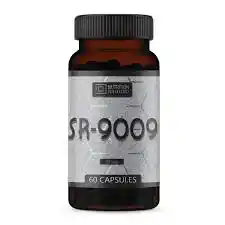

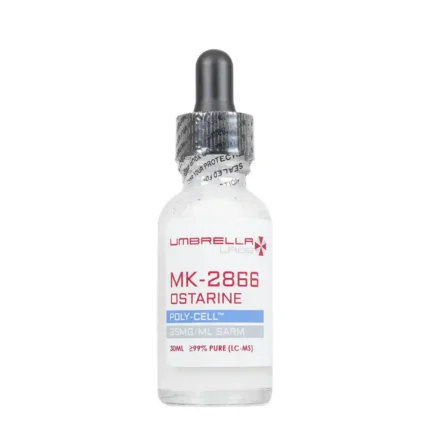

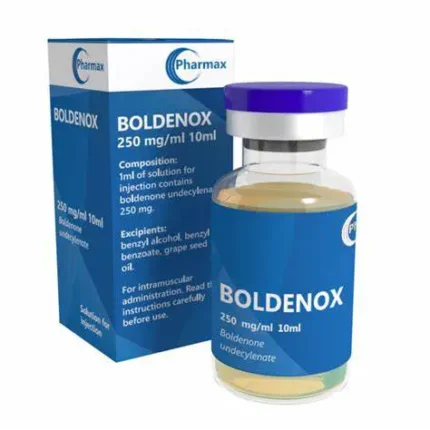


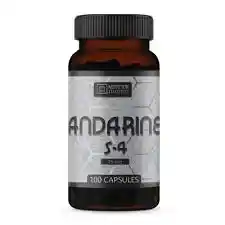
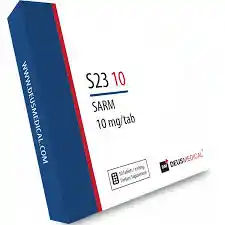
Reviews
There are no reviews yet.